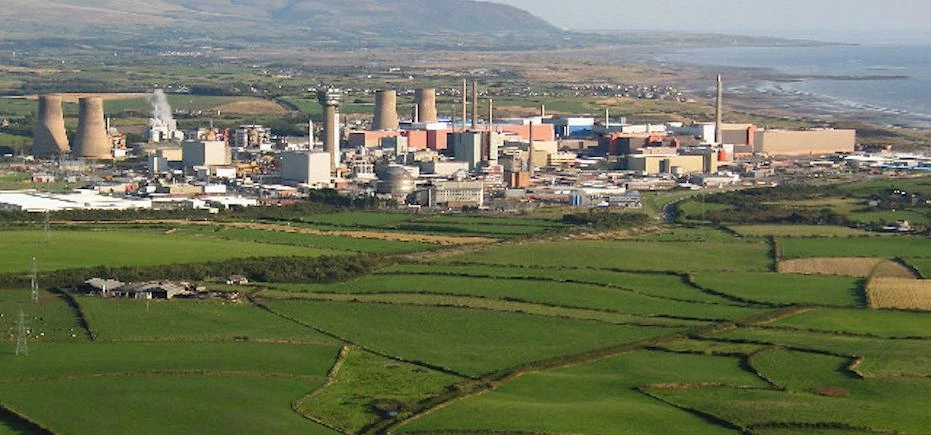
Breakthrough at Sellafield nuclear decommissioning site could save millions
New advances in nuclear waste management could significantly boost progress at the Sellafield reprocessing site in Cumbria, potentially saving hundreds of millions of pounds.
Scientists working at the facility have discovered new information about the long-term behaviour of intermediate level waste (ILW) that will allow the process of packaging and disposing of the material to be simplified.
The four-year study focused on ILW stored in the site’s Magnox Swarf Storage Silo, which the government says is one of the country’s “most hazardous buildings”.
While scientists previously thought it was necessary to undertake a 22-step mechanical treatment and encapsulation process to safely dispose of ILW stored in silos built more than 50 years ago, the new study has suggested that the approach could be cut down to a three-step process, in which the waste is stored ‘raw’ in a shielded container with concrete grout.
Using the new method could slash the decommissioning process by several years and provide multi-million pound savings for taxpayers, according to scientists.
The Nuclear Decommissioning Authority’s (NDA) strategy and technology director, Dr Adrian Simper, said: “This research has delivered the underpinning to what could be a paradigm shift in the management of nuclear waste.
“Having a greater understanding of the long-term behaviour of this material allows us to design a truly fit-for-purpose approach to its management and disposal.”
He added: “To be able to deliver a technical solution to historic ILW at Sellafield, which not only offers a safe and secure route but also opens up the possibility of a quicker and cheaper alternative to current technology, is a genuinely exciting development.”
The study was led by the NDA, the National Nuclear Laboratory and site licence company Sellafield Ltd, and included academics from Leeds, Bristol and London South Bank universities.
Material processed using the new method would be initially stored at Sellafield and then be transported to a UK geological disposal facility for final disposal.
Looking to promote your product/service to SME businesses in your region? Find out how Bdaily can help →








 A year of growth, collaboration and impact
A year of growth, collaboration and impact
 2000 reasons for North East business positivity
2000 reasons for North East business positivity
 How to make your growth strategy deliver in 2026
How to make your growth strategy deliver in 2026
 Powering a new wave of regional screen indies
Powering a new wave of regional screen indies
 A new year and a new outlook for property scene
A new year and a new outlook for property scene
 Zero per cent - but maximum brand exposure
Zero per cent - but maximum brand exposure
 We don’t talk about money stress enough
We don’t talk about money stress enough
 A year of resilience, growth and collaboration
A year of resilience, growth and collaboration
 Apprenticeships: Lower standards risk safety
Apprenticeships: Lower standards risk safety
 Keeping it reel: Creating video in an authenticity era
Keeping it reel: Creating video in an authenticity era
 Budget: Creating a more vibrant market economy
Budget: Creating a more vibrant market economy
 Celebrating excellence and community support
Celebrating excellence and community support